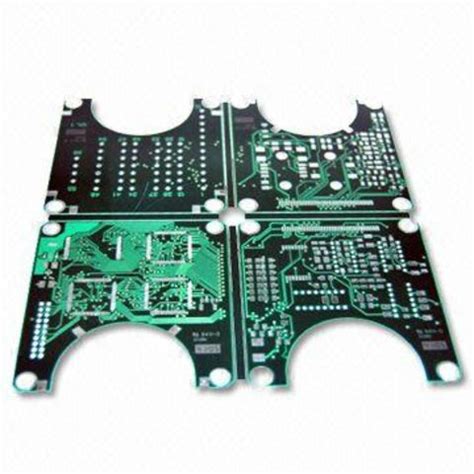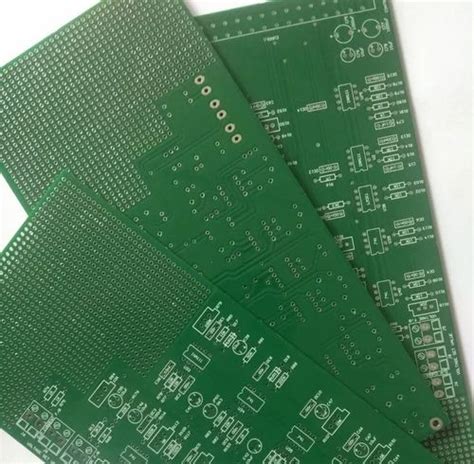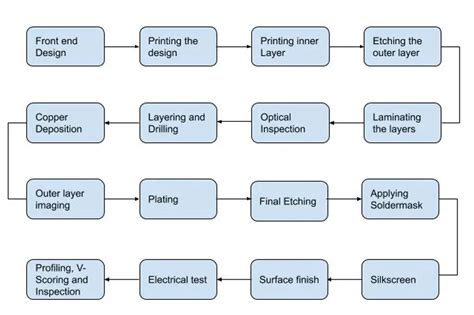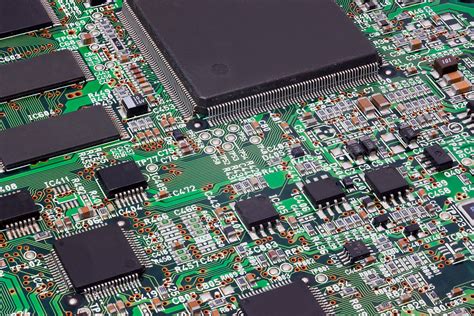Impact of vias on high-frequency signal transmission
Introduction:
Vias are one of the important components of multi-layer PCBs, and the cost of drilling holes usually accounts for 30% to 40% of the cost of PCB board manufacturing. Simply put, every hole on a PCB can be called a via. From the perspective of function, vias can be divided into two categories: one is used as an electrical connection between layers; the other is used to fix or position devices.
In terms of process, these vias are generally divided into three categories, namely blind vias, buried vias, and through vias. Blind vias are located on the top and bottom surfaces of printed circuit boards, have a certain depth, and are used to connect the surface circuits and the inner circuits below. The depth of the hole usually does not exceed a certain ratio (aperture). Buried vias refer to connection holes located in the inner layer of a printed circuit board, which do not extend to the surface of the circuit board. The above two types of holes are located in the inner layer of the circuit board, and are completed using the through-hole forming process before lamination. During the via formation process, several inner layers may be overlapped.

Basic Concept of Via
Via is one of the important components of multi-layer PCB, and the cost of drilling usually accounts for 30% to 40% of the cost of PCB board manufacturing.
Simply put, every hole on the PCB can be called a via. From the perspective of function, vias can be divided into two categories:
one is used as an electrical connection between layers; the other is used to fix or position the device.
If from the process point of view, these vias are generally divided into three categories, namely blind vias, buried vias and through vias. Blind vias are located on the top and bottom surfaces of the printed circuit board, have a certain depth, and are used to connect the surface circuit and the inner circuit below. The depth of the hole usually does not exceed a certain ratio (aperture). Buried vias refer to connection holes located in the inner layer of the printed circuit board, which do not extend to the surface of the circuit board. The above two types of holes are located in the inner layer of the circuit board, and are completed by the through-hole forming process before lamination. During the via formation process, several inner layers may be overlapped.
The third type is called a through hole, which passes through the entire circuit board and can be used to achieve internal interconnection or as a component installation positioning hole. Since through-holes are easier to implement and have lower costs, most printed circuit boards use them instead of the other two types of vias. The vias mentioned below are considered as through-holes unless otherwise specified.
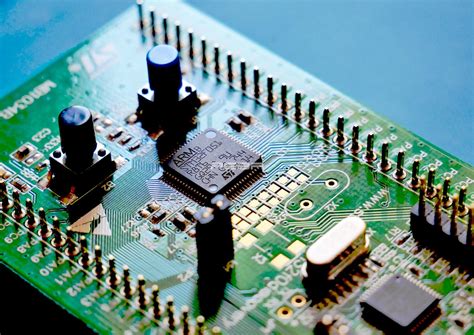
From a design perspective, a via is mainly composed of two parts: the drill hole in the middle and the pad area around the drill hole.
The size of these two parts determines the size of the via. Obviously, in high-speed, high-density PCB design, designers always hope that the vias are as small as possible, so that more wiring space can be left on the board. In addition, the smaller the via, the smaller its own parasitic capacitance is, and it is more suitable for high-speed circuits. However, the reduction in hole size also brings about an increase in cost, and the size of the via cannot be reduced indefinitely.
It is limited by process technologies such as drilling and plating: the smaller the hole, the longer it takes to drill, and the easier it is to deviate from the center position; and when the depth of the hole exceeds 6 times the diameter of the drill hole, it cannot be guaranteed that the hole wall can be evenly plated with copper. For example, if the thickness (through-hole depth) of a normal 6-layer PCB is 50 mils, then under normal conditions, the minimum drilling diameter that PCB manufacturers can provide can only reach 8 mils. With the development of laser drilling technology, the size of the drilling can also be smaller and smaller. Generally, vias with a diameter of less than or equal to 6 mils are called microvias. Microvias are often used in HDI (high-density interconnect structure) design. Microvia technology allows vias to be punched directly on pads (Via-in-pad), which greatly improves circuit performance and saves wiring space.
Vias appear as discontinuous impedance breakpoints on transmission lines, which will cause signal reflection.
Generally, the equivalent impedance of vias is about 12% lower than that of transmission lines. For example, the impedance of a 50-ohm transmission line will be reduced by 6 ohms when passing through a via (specifically related to the size of the via and the thickness of the board, not an absolute reduction). However, the reflection caused by the impedance discontinuity of the via is actually very small, and its reflection coefficient is only: (44-50)/(44+50)=0.06. The problems caused by vias are more concentrated on the influence of parasitic capacitance and inductance.
Vias are widely used in PCB multilayer board design, but if the vias are not handled properly, they are likely to have adverse effects on high-frequency signal transmission. Therefore, engineers need to know the following knowledge when designing high-frequency circuits if they want to use vias.
From the perspective of function, the role of vias can be roughly classified as:
used as electrical connections between layers and used for fixing or positioning devices; from the perspective of process support, vias can be divided into blind holes, buried holes and through holes.
Blind vias are located on the top and bottom surfaces of PCB boards, with a certain depth.
They are often used to connect the surface circuits and the inner circuits below. Note that the depth of the holes does not exceed a certain ratio (aperture); buried vias refer to connection holes located on the inner layer of PCB boards, which will not extend to the surface of the circuit board. Both blind and buried vias are located on the inner layer of PCB boards. Through holes are used to achieve internal interconnection or as mounting holes for components. Since through holes are easier to achieve and have lower costs, many circuit boards will use through holes. The vias mentioned below are considered as through holes unless otherwise specified.
Generally speaking, the size of the via will be determined by the pad area around the middle drill hole and the drill hole. In high-speed and high-density PCB design, the smaller the national control, the better, because more wiring space can be left, and the parasitic capacitance itself is smaller.
At the same time, the setting of vias should also pay attention to the following aspects:
Inductance and capacitance: The presence of vias will introduce additional inductance and capacitance. These inductance and capacitance values may be small, but they will have a significant impact on high-frequency signal transmission. Inductance causes signal delay, while capacitance reduces the bandwidth of the signal.
Crosstalk and reflection:
Vias can cause signal crosstalk and reflection. Crosstalk occurs when the signal propagates in the area near the via, potentially interfering with other signal lines. Reflection occurs when the signal is partially reflected back at the via, causing waveform distortion.
Impedance matching:
The presence of vias changes the impedance of the signal line. Impedance matching is very important in high-frequency circuits because mismatched impedances can cause signal reflections and loss. Electronic engineers need to take steps to ensure that the effects of vias do not disrupt impedance matching.
Loss: The presence of vias also introduces additional signal loss. This loss may not be obvious, but it needs to be carefully considered in high-frequency applications.
Layout and design:
Considering the location and layout of vias is critical to minimizing their effects. Proper layout can reduce crosstalk and reflections while ensuring impedance matching of signal lines.

